Description
Hypoaspis (Stratiolaelaps scimitus, formerly Hypoaspis miles) are robust soil- dwelling predatory mites that feed on a wide range of soft-bodied organisms. They are particularly useful predators of the egg and larval stages of fungus gnats and shore flies. Hypoaspis also feed on thrips (including western flower thrips) that drop to the soil to pupate. This predator is widely used around the world and plays an especially important role in greenhouses and nurseries where fungus gnats are a serious threat.
Hypoaspis grow to about 1 mm. Adults are brown and the juvenile stages are pale or clear. At 25°C they develop from egg to adult in under 2 weeks. They can survive lengthy periods without prey, feeding instead on algae and plant debris. Individuals may live for several months under favourable conditions.
Download our Hypoaspis technical information sheet here
Target pests
- Fungus gnats
- Shore flies
- Thrips
Advantages
- A robust predatory mite that provides long term control
- Survives at low-prey density
- Suitable for preventative releases
Suitable crop environments
Hypoaspis are well suited to greenhouse and nursery environments. They can also be used in field crops. They establish well in a variety of growing media (including soil, potting mixes, perlite, coconut coir and rock wool), provided it is suitably porous and well drained to avoid waterlogging. Hypoaspis are active at temperatures as low as 10 °C, however they perform best at 20-30 °C.
Recommended release rates
Unlike chemicals, when it comes to beneficials, more is always better. However, they are costly to produce and our goal is to achieve the best results at minimal expense. There are many factors to consider, including the value of the crop, the severity of the pest outbreak and the activity (or otherwise) of naturally occurring beneficial species.As a general rule, 2-3 releases of modest numbers is better than a single large release. This reduces risk, improves establishment and accelerates the development of multiple overlapping generations. In most cases our releases are inoculative and we anticipate that our beneficials will establish and breed up within the crop to give long term control.
For Hypoaspis we recommend an initial preventative release at propagation/planting, followed by a second release 2 weeks later.
Release rates will vary depending on the crop and level of infestation. The table below provides a guide to preventative release rates. Higher rates may be required for curative treatments. Contact us for specific recommendations.
| Situation | Preventative rate (per release) |
| Greenhouse crops | 50 mites/m2 |
| Bedding plants | 100 mites/m2 |
| Seedlings/cutting at propagation | 500 mites/m2 |
| 150 mm pots | 50 mites/pot
(Approximately 1/2 teaspoon carrier medium/pot) |
When to release
For best results, introduce Hypoaspis preventatively or at the first sign of fungus gnat activity. Use sticky traps to detect and monitor adult fungus gnats. In susceptible crops or situations where there is a history of fungus gnat infestations, Hypoaspis should be released immediately after planting. Close monitoring is advised to determine whether follow-up releases are required.
Complementary biological treatments for fungus gnats include parasitic nematodes (Steinernema feltiae) and VectoBacTM (Bacillus thuringiensis subspecies israelensis). If fungus gnat levels are already high, consider using these products, in addition to Hypoaspis, to lower the population. Once a suitable level of control is achieved, use preventative releases of Hypoaspis to maintain control.
How to release
Before release, check prior history of chemical applications to ensure toxic residues are no longer present. See notes on chemical use below.
Hypoaspis mites are packed in cardboard tubes containing a mixture of cocoa peat and vermiculite. They should be released as soon as possible after delivery. If necessary, tubes can be stored (on their side) for up to 3 days at 10-18°C. After cool storage mites will initially be slow moving and hard to detect.
Ensure that the contents of the tube is well mixed immediately prior to release. Hypoaspis should ideally be applied directly onto the surface of the growing medium. They should also be applied to the floor of the greenhouse or growing area if it provides suitable conditions for fungus gnats to breed.
After release
Monitor the population of fungus gnats using yellow sticky traps and by visual inspection of the growing medium. Also check visually (with a handlens) for presence and abundance of Hypoaspis mites. Hypoaspis mites may be difficult to find, but a reduction in the number of adult fungus gnats should be noticeable within a few weeks. Follow-up releases may be advised to accelerate establishment or to improve control in persistent hotspots.
Cultural practices to aid establishment
Hypoaspis are very robust and can cope with a wide range of conditions. They require moisture, however they do not tolerate a waterlogged environment. It is therefore important to avoid over watering.
Chemical use
Hypoaspis are more tolerant of pesticides than many other predatory mites. However, some products (for example pyrethroid sprays and various soil drenches) are still highly toxic to this species.
If pesticides are required, always check for side-effects and select products that are least harmful to Hypoaspis and other key beneficials in your IPM program. Use the Biobest Side Effects app or access the Biobest side-effects manual online.

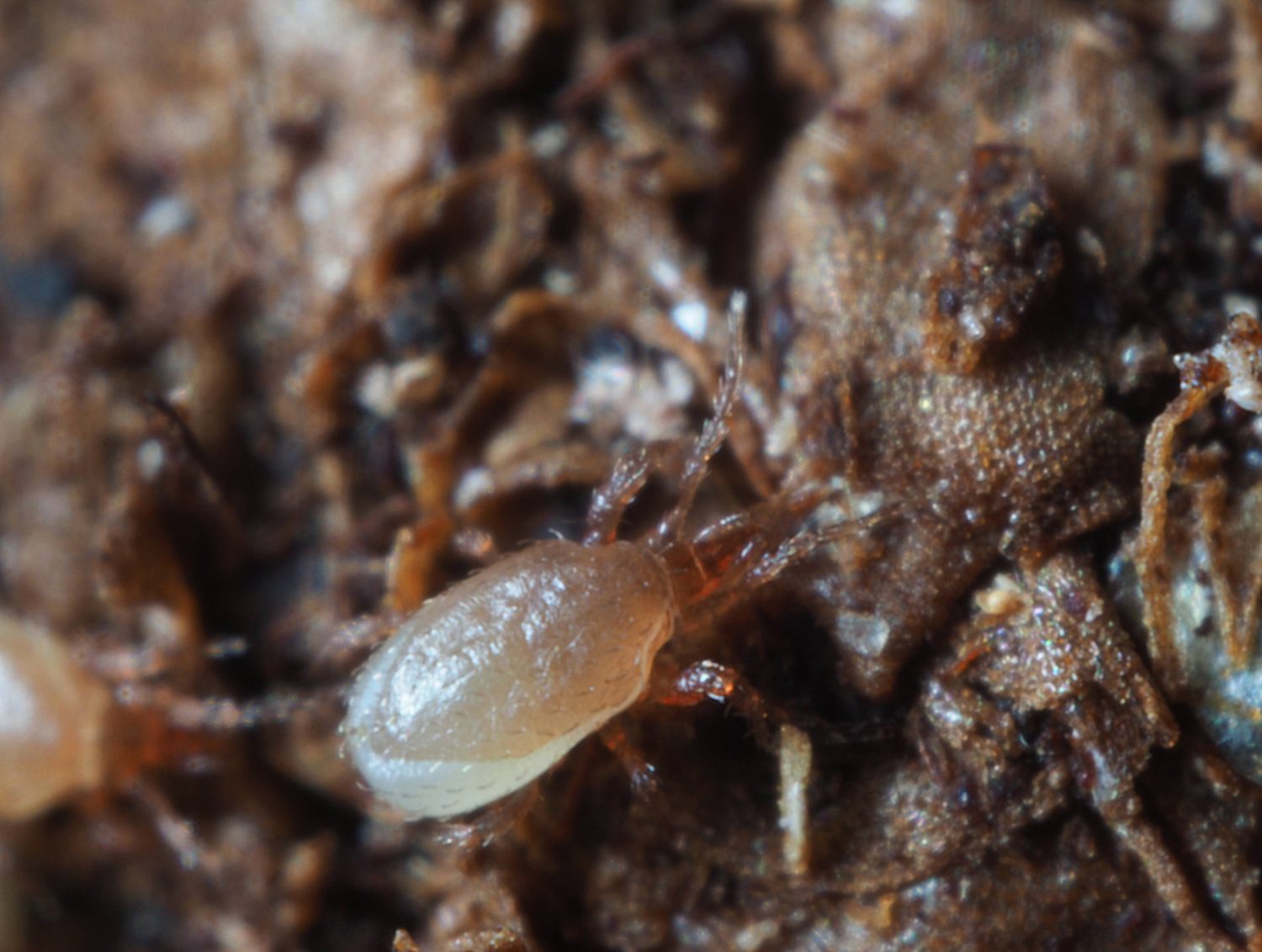
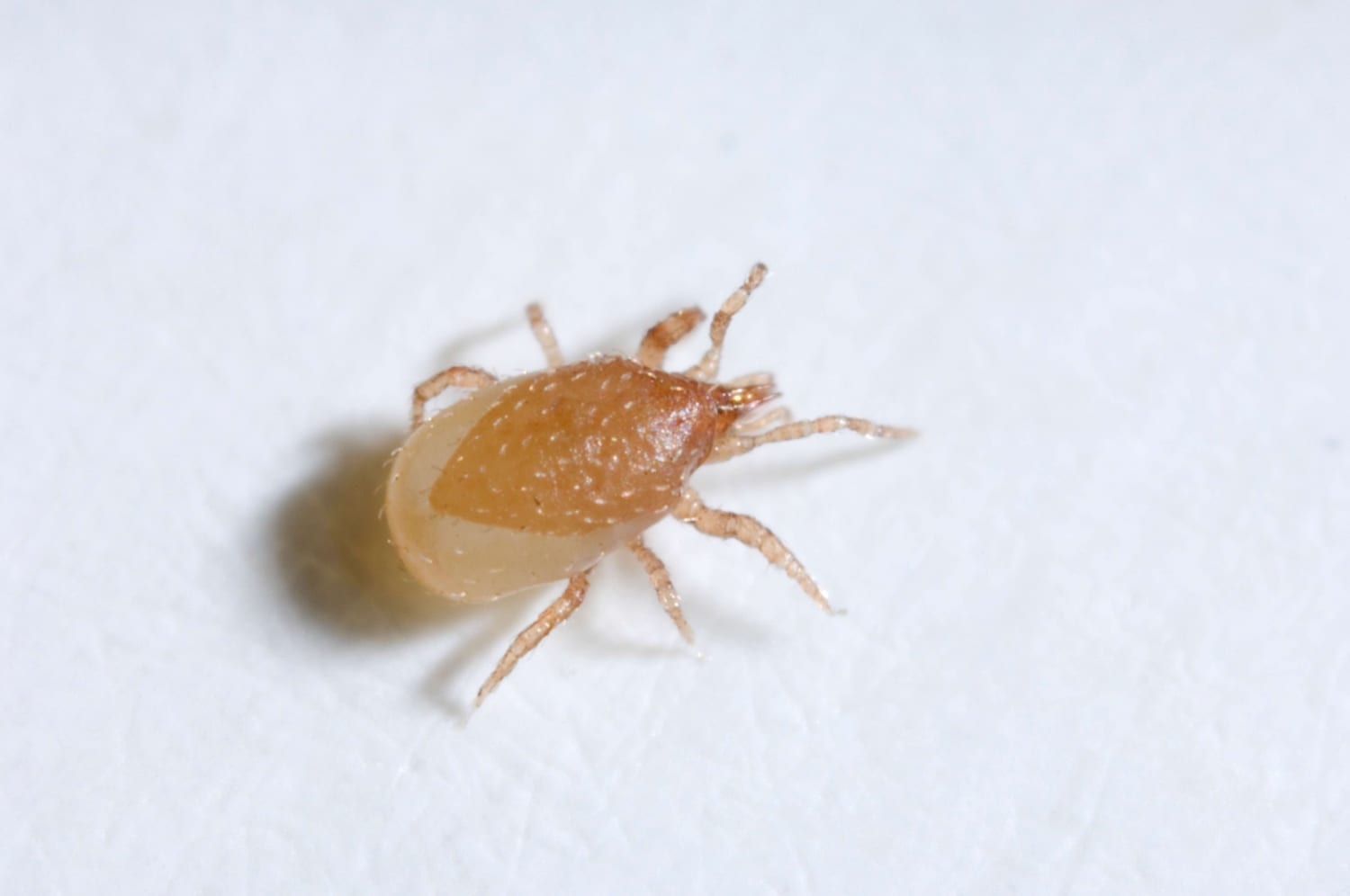
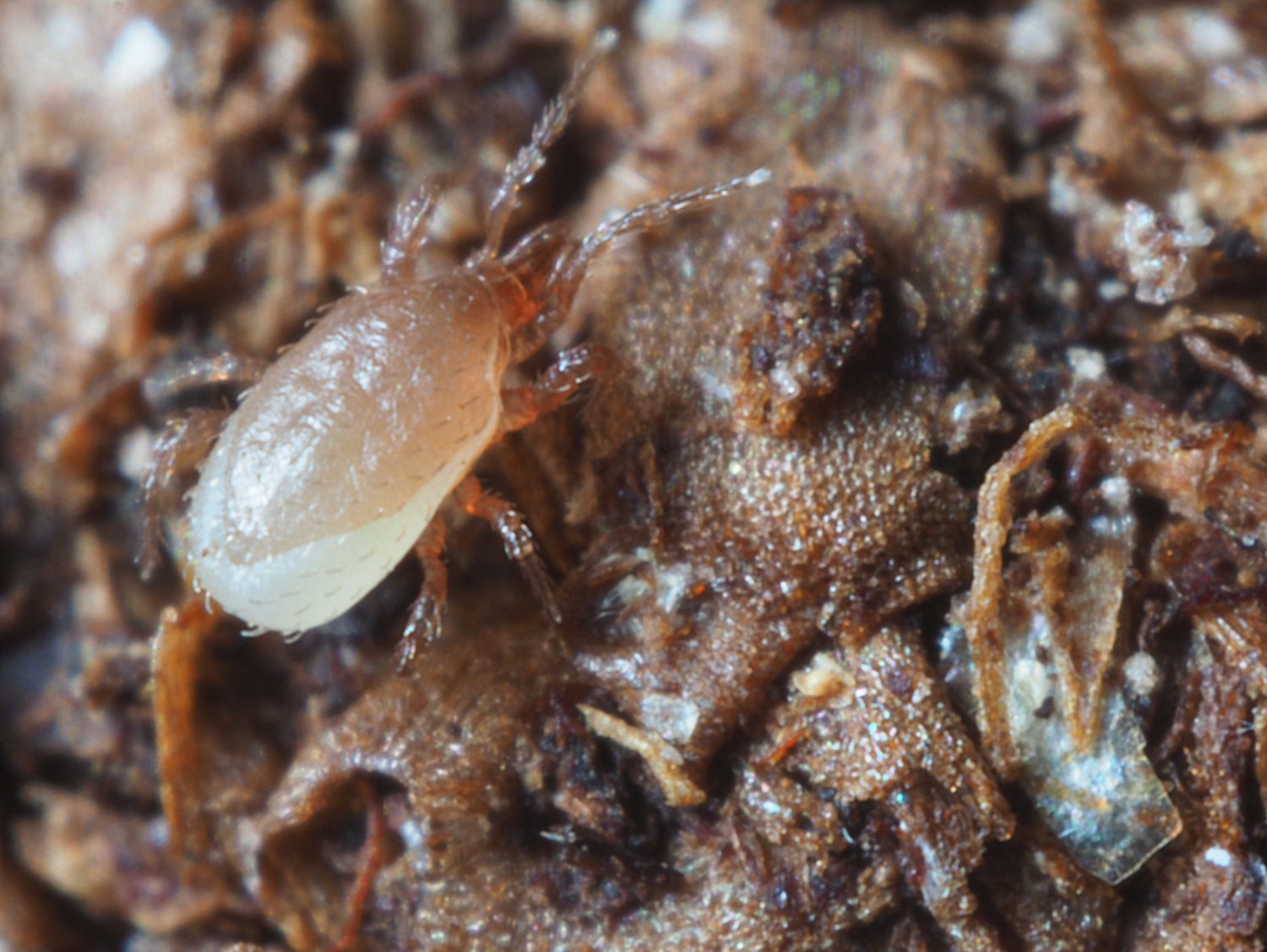
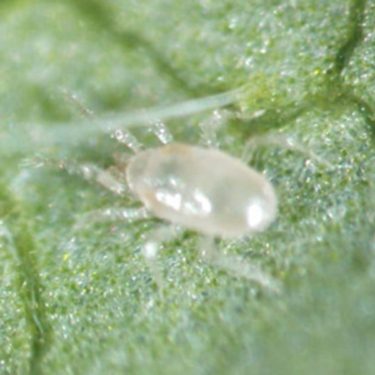
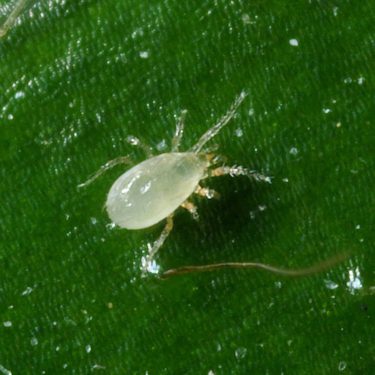
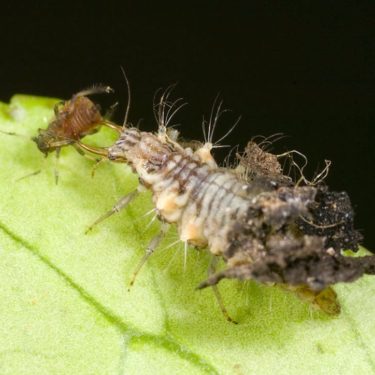
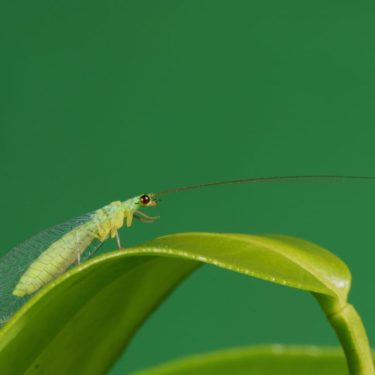
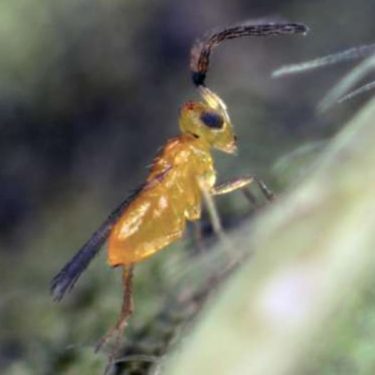
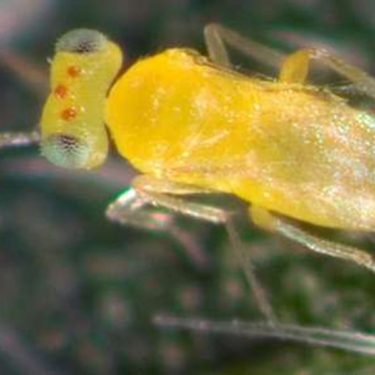
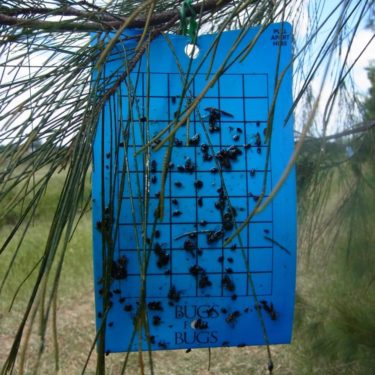
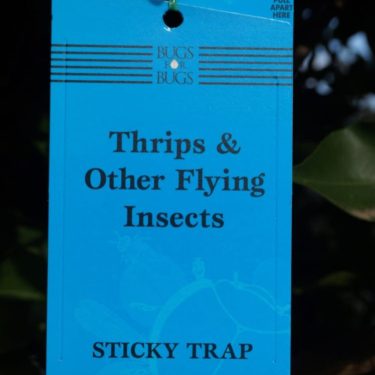
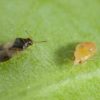
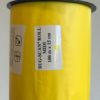

Reviews
There are no reviews yet.